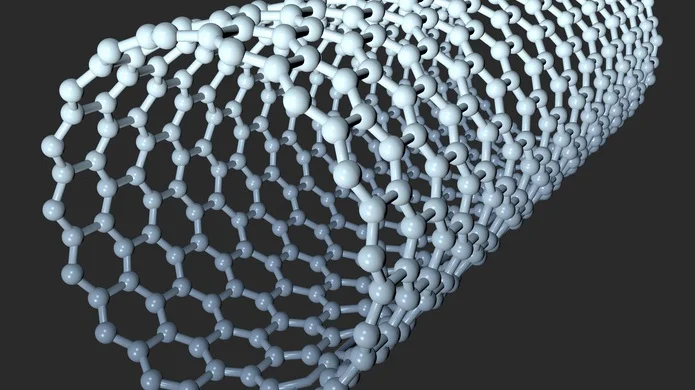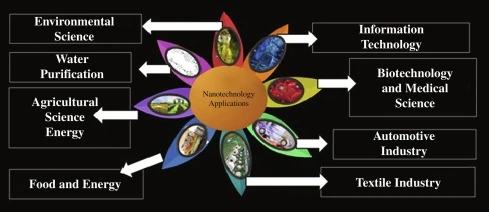
What is the Nano Technology and future of Nano Technology in next 50 years?


Introduction
Nanotechnology explores materials at the nano-scale, revolutionizing fields like medicine and electronics. Nanomaterials lie at the heart of nanotechnology, showing unique properties compared to larger materials.
The Fascination with Nanoscience
Nanostructures, molecules, and structures from 1 nm to 100 nm, show remarkable properties. For context, a human hair is about 80,000 nm thick. Advancements in various fields stem from nanoscale materials.
Why Properties Change at the Nanoscale
Two key factors lead to significant property changes:
- Increase in Surface Area to Volume Ratio: Smaller particles have a larger surface area relative to volume, enhancing chemical reactivity and physical properties.
- Quantum Confinement Effects: At nanoscale, quantum effects dominate, leading to changes in electronic structure and properties.

Different Types of Nanomaterials

Nanomaterials can be categorized based on their dimensions:
- One-dimensional: Includes layers, thin films, and surface coatings.
- Two-dimensional: Encompasses nanowires and nanotubes.
- Three-dimensional: Comprises precipitates, colloids, and quantum dots.
Understanding Carbon Nanotubes (CNTs)

Cylindrical structures of carbon atoms with extraordinary strength and electrical conductivity. Types include single-walled (SWCNTs) and multi-walled (MWCNTs), each with unique properties and applications.
The Discovery and Potential of Buckyballs
Large carbon cage molecules discovered in 1985. Created through processes like plasma arcing and chemical vapor deposition. Unique structure and properties make them promising for various applications.
Applications of Nanomaterials
Nanomaterials find applications in a wide range of industries due to their unique properties:

- Electronics: Enhancing performance and miniaturization.
- Medicine: Revolutionizing drug delivery, imaging, and diagnostics.
- Energy: Improving energy storage and generation efficiency.
- Environment: Aiding in environmental remediation and pollution control.
Unique Properties of Nanomaterials
Physically, chemically, electrically, optically, and magnetically distinct from bulk materials. Small size and high surface area lead to unique behaviors and applications.
Mechanical Properties of Nanomaterials
Nanomaterials exhibit enhanced hardness, tensile strength, and other mechanical characteristics compared to conventional materials.
Production Techniques for Nanomaterials
Nanomaterials can be produced using various techniques, including top-down and bottom-up approaches:

- Top-down Techniques: Mechanical crushing and grinding to reduce bulk materials into nanoscale particles.
- Bottom-up Techniques: Chemical synthesis methods like sol-gel and chemical vapor deposition to build nanomaterials from atoms or molecules.
Synthesis of Carbon Nanotubes
Prepared through various methods such as arc discharge, laser ablation, and chemical vapor deposition, allowing for controlled synthesis with specific properties.
Broad Applications of Nanomaterials
Nanomaterials have found a wide range of applications across various industries:
- Electronics: Used in transistors, conductive films, and nanoelectromechanical systems (NEMS).
- Materials Science: Reinforcing composites, enhancing their mechanical and thermal properties.
- Biomedical Engineering: Explored for drug delivery, biosensing, and tissue engineering applications.
- Environmental Remediation: Used for water purification, air filtration, and waste treatment.
- Energy Storage and Generation: Employed in batteries, solar cells, and fuel cells.
- Textiles: Integrated into fabrics for enhanced durability and antibacterial properties.
- Cosmetics: Used in sunscreens and skincare products for improved protection and penetration.
Summary:
Nanotechnology and nanomaterials offer a promising future, driving innovation across various disciplines. Understanding these materials' properties and applications is crucial for harnessing their full potential.
We have a dedicated team of three passionate individuals working tirelessly to bring you the news you need. Our team is led by Kaushalendra, the visionary owner and founder of Newshaq, who is committed to simplifying news delivery. Alongside Kaushalendra, we have two other team members who are equally dedicated to our mission of making news accessible and understandable for all.























Post Comment